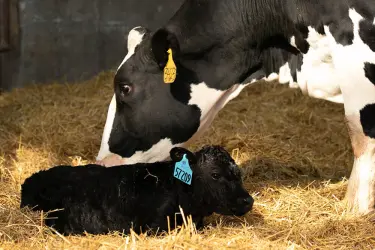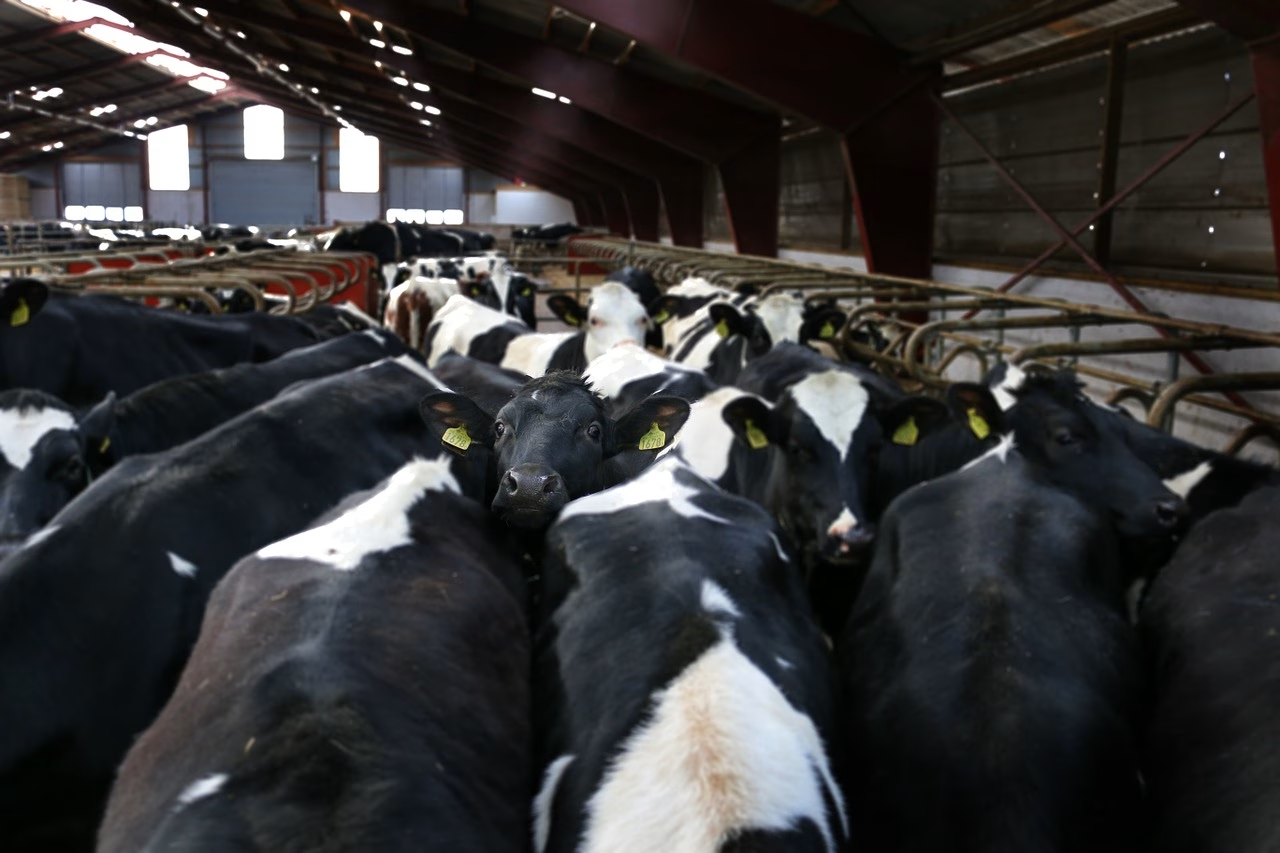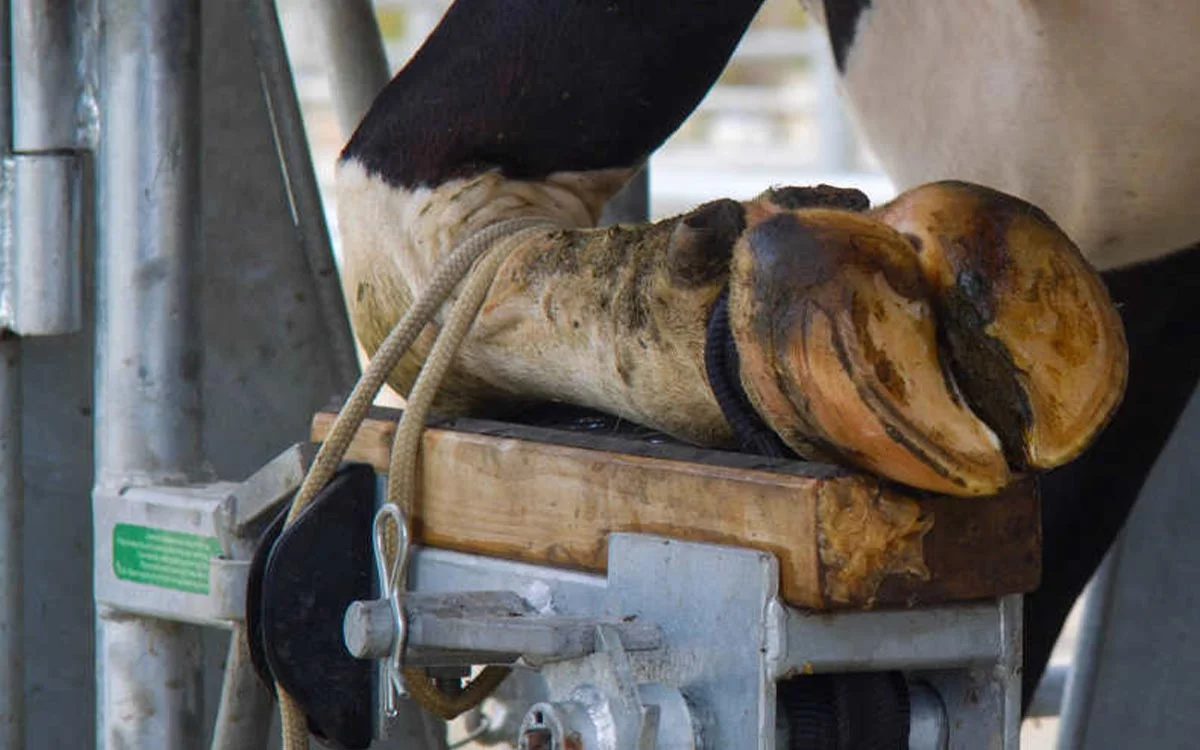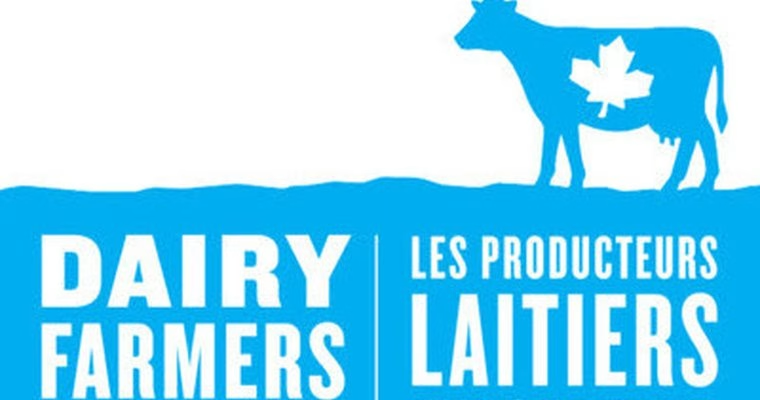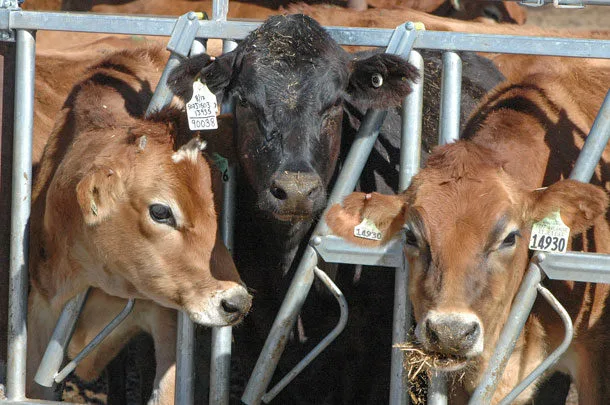Learn how focusing on health traits in dairy cattle breeding can elevate your dairy production. Ready to improve herd health and optimize your farm’s potential?
Summary: Dairy cattle breeding is a multifaceted endeavor where health traits play a crucial role in ensuring the long-term viability and productivity of herds. Understanding the significance of these traits—which encompass factors such as mastitis resistance, fertility, and hoof health—enables farmers to make informed decisions that optimize animal welfare and economic returns. By integrating genetic selection and advanced breeding strategies, dairy farmers can enhance not only the health and longevity of their cattle but also operational profitability. Prioritizing health traits in breeding programs ensures herd productivity and well-being, with genetic selection methods offering significant economic benefits.
- Health traits are essential for the sustainability and productivity of dairy herds.
- Key health traits include mastitis resistance, fertility, and hoof health.
- Informed breeding decisions can enhance animal welfare and economic performance.
- Integrating genetic selection and advanced breeding strategies improves health and profitability.
- Prioritizing health traits in breeding programs boosts herd productivity and well-being.
- Genetic selection methods offer notable economic advantages for dairy farming operations.
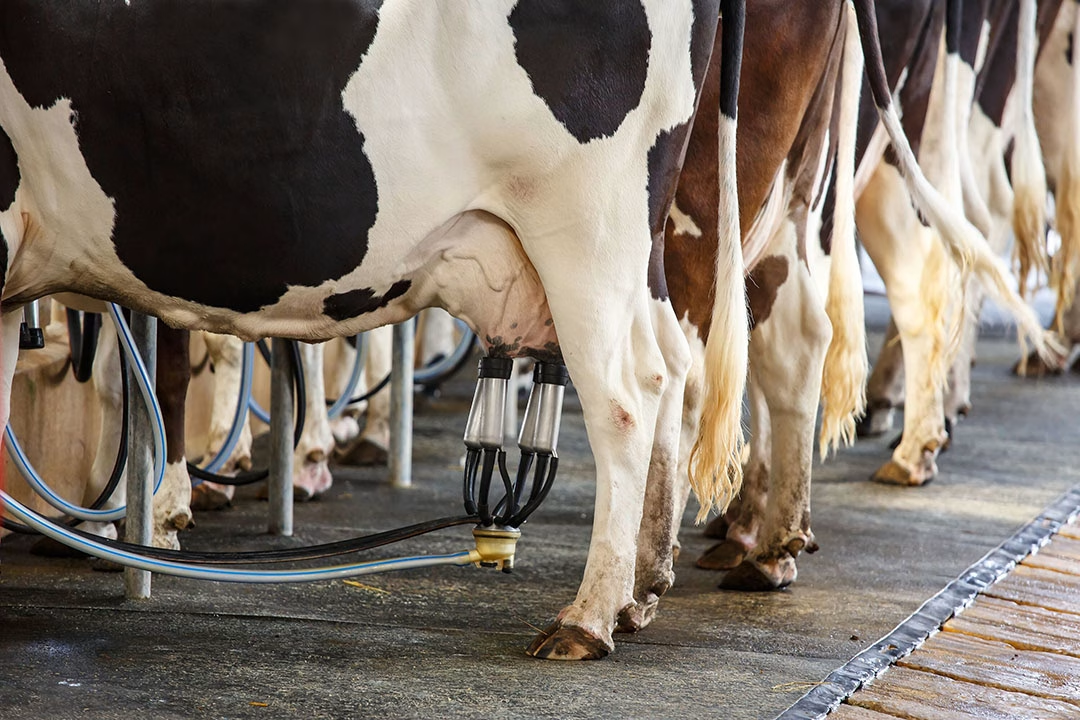
Technology advances and forward-thinking breeding practices have traditionally driven the dairy industry’s progress. Yet, in our unwavering pursuit of better genetics and maximum yields, have we potentially jeopardized the health and well-being of our dairy herds? As industry stewards, we must approach this critical issue with uncompromising vigilance. This essay discusses health features in dairy cow breeding and encourages dairy producers to reconsider their objectives and approaches. From disease resistance and lifespan to fertility and ease of calving, we’ll examine how these characteristics affect your dairy’s production, ethical criteria, and economic sustainability. Before digging further, one must ask: what are health qualities, and why are they important? How should these features be included in a contemporary, ethical dairy breeding framework? Your choices and actions may significantly impact the health and welfare of your dairy herds. Please reflect on your activities and envisage a new future for dairy farming, one in which health qualities are central to your operations, promising significant economic gains that can enhance your business’s profitability.
Understanding Health Traits in Dairy Cattle:
Understanding health features in dairy cattle necessitates thoroughly examining the many variables that impact bovine health and well-being. These health features include a variety of criteria, including disease resistance, which refers to cattle’s capacity to fight or recover from infections without requiring significant medical intervention. A high level of disease resistance can significantly reduce the occurrence of common illnesses like mastitis, thereby improving the overall health and productivity of your dairy herd. The somatic cell count (SCC) is vital since it indicates milk quality and udder health. Elevated SCC levels typically indicate the presence of mastitis, a common illness in dairy cows. This impacts the cows’ health and the quality of their milk. Reducing SCC is critical for enhancing both milk quality and animal health.
More than 60% of dairy producers now consider health features in their breeding selections. This is a substantial change in the business, suggesting a growing appreciation for the relevance of health attributes in dairy cow breeding. The incidence of mastitis, or the frequency of mastitis infections, is another important health factor. Mastitis prevention is critical for herd health, maximizing production rates, and ensuring financial stability.
Metabolic health and fertility are both critical components in successful breeding operations. Metabolic health maintains the balance of physiological processes, while fertility directly influences reproductive success, herd sustainability, and farm scalability. Longevity, representing dairy cattle’s lifetime and productive period, assesses general health, disease resistance, and adaptation. Cattle that are resistant to mastitis or lameness tend to live longer. Dairy farmers who properly grasp these health qualities are better able to combine high milk outputs with functional traits associated with adaptability, welfare, and resilience—a need in today’s developing dairy sector.
Understanding Health Traits for Herd Management:
Exploring this critical subject, the link between health features and herd management becomes apparent. As a dairy farmer, it’s your responsibility to prioritize health as the first goal. The welfare of your cows is not just an ethical issue but also a foundation for your farm’s commercial sustainability and profitability. By understanding and managing health traits effectively, you can be proactive in ensuring the productivity and well-being of your herd.
Furthermore, breeding for health features considerably improves the herd’s resilience. Approximately 50% of dairy cow problems are genetic. Robust cows have increased tolerance to the infections that plague agricultural areas, reducing the frequency and severity of debilitating ailments. This immediately boosts the dairy farm’s profits. Failing to include health features in breeding techniques risks the agricultural enterprise’s economic survival.
Prioritizing health features improves cattle well-being while increasing farm output and profitability. However, it is crucial to understand that the procedure may include inevitable trade-offs or problems. Should dairy farming experts prioritize health features in their breeding programs? Such a focus improves our cattle, enhances our companies, and boosts the sector.
Economic Impact of Health Traits:
Consider the severe financial consequences when dairy cattle’s health features are impaired. Specific health abnormalities cause significant economic disruptions on dairy farms, primarily by influencing key factors, including milk outputs, culling rates, treatment costs, and overall reproductive efficiency. Can you understand the depth of such economic upheaval? Genetic selection for health qualities may save veterinarian expenditures up to 30%. Let us examine this subject more attentively. Consider a dairy farm where existing health concerns cause a decrease in milk yield. As a result, these health issues need expensive treatments, which raise veterinarian costs—a tremendously unfavorable and onerous condition for any dairy farm. Wouldn’t you agree?
Secondary economic consequences include decreased reproductive efficiency, which slows herd growth rates and, eventually, limits milk production capacity. These circumstances burden the farm’s financial resources, significantly reducing profitability. Improving health features may boost milk supply by 10- 25%. But what if we reversed this situation? What if we made purposeful steps to improve the health features of dairy cattle? Isn’t this an issue worth considering? Improved health features might significantly reduce veterinarian expenditures, easing economic stresses. However, realizing that this may need some upfront expenses or fees is crucial.
Preventing diseases would minimize milk production losses, opening the door to enhanced economic success. Cows with more significant health features generate higher-quality milk containing up to 15% more protein. Furthermore, breakthroughs in health features may extend cows’ productive lifespans. This eliminates the need for early culling and increases herd profitability over time. Spending time, effort, and money on enhancing health features may provide significant economic advantages to dairy farms. It is critical to examine the long-term benefits of these investments.
Genetic Selection for Health Traits:
In the fast-changing dairy business, the introduction of genetic selection methods, notably Estimated Breeding Values (EBVs) and genomic selection, represents a significant opportunity for farmers. These techniques allow you to select and propagate cattle with better genetic qualities, particularly health aspects. This not only improves breeding operations but also promises significant economic benefits, giving you a reason to be optimistic and motivated about the future of your farm.
EBVs decode cattle genetic potential, revealing animals’ hidden skills regarding their offspring’s health and production. This essential information enables farmers to make educated decisions, improving the overall health of individual cattle and herds. The advent of genomic selection ushers in a new age of breeding technology, diving deeply into the inner elements of an animal’s genetic architecture. Genomic prediction allows for the exact discovery and use of critical DNA variations that anticipate an animal’s phenotype with unprecedented precision and dependability, considerably beyond the capabilities of older approaches.
The combined use of these genetic selection approaches has transformed breeding programs worldwide, pushing the search for improved health qualities in dairy cows. Identifying genetic markers connected to improved health features and smoothly incorporating them into breeding goals, which was previously a substantial problem, has become an opportunity for further improvement. This thorough attention to health features improves animal well-being and increases their resistance to disease risks.
Selection Indexes in Breeding Programs
Beyond single feature selection, the complex domain of selection indexes offers a balanced improvement of genetic value. Preventable illnesses account for around 40% of dairy cow mortality, underscoring the need for such comprehensive measures. Selection indices promote overall genetic development by assessing each trait’s unique quality against its economic value and potential genetic benefits. This technique goes beyond isolated changes, generating cumulative improvement across productivity and health qualities while ensuring that each trait’s costs and benefits are matched.
Globally, breeding initiatives are changing toward pioneering features like disease resistance, animal welfare, longevity, and even methane emission reductions. This more extensive approach predicts a future in which animal agriculture progresses from just economic to sustainable and ethical, with a strong emphasis on health features. The financial calculation is carefully addressed to ensure that the costs and benefits of each attribute are balanced.
Europe, a pioneer in this field, is pushing the boundaries of genetic selection for these cutting-edge features, even while worldwide acceptance remains restricted. This poses an important question: will we use the chance to improve the performance of breeding programs by using more extensive and innovative selection indexes?
Heritability of Health Traits
Understanding the heritability of health characteristics is critical in dairy cow breeding. Heritability estimations reveal the fraction of genetic variation that contributes to the observed differences in these qualities among individuals. According to research, heritability estimates for handling temperament features in dairy cattle are relatively high, indicating the importance of genetic variables. As a result, these qualities play an important role in complete multi-trait selection programs, with the potential to improve cattle temperament during handling and milking.
The heritability estimates for maternal and temperament qualities range from low to moderate, indicating a good opportunity for genetic improvement via selective breeding. Modern breeding programs have focused on the genetic examination of health features, using contemporary approaches like likelihood and Bayesian analysis to estimate exact heritability. These are essential for maximizing herd health and production.
While genetics are essential, environmental and managerial variables must also be addressed. Even if a cow is genetically inclined to excellent features, adequate management may prevent it from failing. As a result, the integration of gene selection and best practices in livestock management is critical. How can industry experts use cattle’s genetic potential to increase dairy output and improve animal welfare? As we better understand the complex interaction between genetics and the environment, the answer to this question will define the dairy industry’s future.
Balancing Health Traits with Productivity Traits:
Dairy producers have a recurring issue in balancing the economic imperatives of high milk output and the overall health of their cows. Can these seemingly opposing goals be reconciled to provide mutual benefits? The unambiguous answer is yes. One must examine the complex interaction between dairy cattle’s health and productive attributes to understand this. Undoubtedly, increasing milk output is critical to profitability in dairy farming. However, focusing just on production qualities may mistakenly neglect cow health and well-being, jeopardizing sustainability and herd productivity.
Addressing this complicated dilemma requires consciously incorporating health features into breeding choices. Dairy producers may adopt a more holistic method for choosing ideal genetic combinations by equally weighing health robustness and production qualities. Emphasizing traits such as adaptation, welfare, and resilience broadens breed selection criteria, fostering a more balanced and resilient herd. Optimizing animal health cultivates a sustainable future in which high productivity is achieved without sacrificing essential health traits.
For dairy producers who want to develop a sustainable and profitable enterprise, combining health qualities and production must go beyond lip service and become the cornerstone of successful farming. This breeding method represents a deep awareness of the interrelationship of health and profitability, anticipating a farming future that preserves the integrity of health features while maintaining high production in dairy cattle.
Considerations for Breeding Programs:
Adding health features into breeding plans requires a cautious and methodical approach in dairy cow breeding. These factors must be founded on the dairy producer’s individual management goals, environmental circumstances, and market needs. Isn’t developing a tailored and context-specific approach for managing breeding programs necessary?
Furthermore, advances in genetic evaluations are changing our approach to health features in cow breeding since these programs emphasize genetic assessments for health characteristics. Interesting. Isn’t it true that, although some breeding programs have made significant strides in integrating these qualities into their goals, the path to complete improvement is still ongoing? Genetic improvement techniques strive to maximize selection contributions while minimizing inbreeding. Balancing genetic advantages with the negative repercussions of inbreeding is not something to take lightly. Conscientious dairy producers use mitigation strategies, such as mating software and extension professional advice, to conserve genetic variety while assuring continual genetic progress. Aren’t these tactics essential for preserving genetic diversity while making steady evolutionary progress?
Establishing more complex and productive breeding programs relies on a pragmatic approach to animal breeding that prioritizes animal welfare. The redefining of selection indices and breeding objectives is becoming more critical, requiring incorporating qualities associated with animal welfare, health, resilience, longevity, and environmental sustainability. Thus, it is evident that dairies’ long-term viability depends on breeding goals that improve animal health and welfare, productive efficiency, environmental impact, food quality, and safety, all while attempting to limit the loss of genetic variety.
Collaboration with Breeding Experts and Genetic Suppliers:
Strong partnerships with breeding specialists, genetic suppliers, and veterinarians unlock a wealth of in-depth expertise, giving dairy producers tremendous benefits. These stakeholders provide access to critical genetic data, fundamental breeding values, and cutting-edge genomic techniques for health trait selection. However, it is vital to question whether we are leveraging this enormous pool of experience.
Collaboration with industry experts undoubtedly leads to a more specialized and successful breeding plan that addresses your herd’s health and production requirements. Nonetheless, the interaction between farmers and consultants goes beyond selecting the best breeding stock and treating illnesses. A dynamic and ongoing discussion with these specialists may aid in the early detection of possible problems, breed-specific features, and preventive health concerns. Consider inbreeding, for example. Are we completely aware of the hazards connected with it, as well as the various mitigation strategies? Have we optimized the use of mating software systems, using the expertise of extension professionals to guide these efforts?
Recent advances in genetic testing have created tremendous potential for selective breeding to treat congenital impairments and illnesses. Here, too, close contact with industry specialists is essential. But how often do we push ourselves to keep up with these advancements and actively incorporate them into our breeding programs? Is the secret to a healthier and more productive herd within our grasp, requiring only our aggressive pursuit of these opportunities?
The Bottom Line
The relevance of health qualities is prominent in the great mosaic of dairy cow breeding. This initiative reflects an ongoing journey of exploration, understanding, and application. Our joint responsibility is to use the knowledge gained from previous experiences, moving us toward a future that offers more profitability and higher ethical standards for all stakeholders.







